Condensation inside a tent can really dampen your camping experience, both physically and metaphorically. From waking up in the middle of the night to drips on your forehead, to getting your down sleeping bag wet when it touches the side of the tent, preventing condensation as much as you can is one of those classic no-brainers. Luckily, knowing how to stop condensation in a tent is pretty easy, and our camping experts - who have been at it for decades - are here to guide you through it.
We'll cover the causes of condensation, the importance of managing it, plus step-by-step instructions to keep your tent dry. May your next trip be drip-free, dry and comfortable: here's LFTO's guide to how to stop condensation while camping.
How condensation forms

Condensation occurs when warm, moist air inside the tent meets the cooler tent fabric, resulting in water droplets forming and then beading off down the interior surfaces. Activities such as breathing, cooking or eating hot foot, and taking off wet boots, can increase the moisture level inside the tent, which can further exacerbate the problem as it increases the gradient between the warm inner and cold outer. This can lead to damp sleeping bags, wet gear, and an overall uncomfortable camping experience - especially when you consider that the tent is meant to keep you dry, not wet.
Why Preventing Condensation is Important

Anyone who'd rather sleep in a damp tent than a dry one needs their head looking at. Obviously, a dry tent ensures a comfortable sleeping environment, reduces the risk of wet and damaged gear, and prevents mould and mildew, which can cause health issues in the long run - and in the short term really damage your stuff, including the tent itself.
Using the right gear is essential for effective condensation management. Investing in a tent with good ventilation can make a significant difference - that usually means finding a double-skinned tent with ventilation flaps, large portions of mesh on the inner fabric and a separate groundsheet. Single skinned tents are more prone of condensation than double. If you are worried about condensation inside the tent, or have a tent that's naturally quite sweaty already, choosing a synthetic sleeping bag is a better bet than down, but in general, prevention is better than cure.
Step-by-Step Guide to Preventing Condensation
1. Choose the Right Tent Site

Selecting a location with good airflow is crucial. Avoid low-lying areas where cold air and moisture tend to collect. Similarly, steer clear of areas with dense vegetation, as these can trap moisture and reduce airflow around your tent.
2. Set Up Your Tent Properly
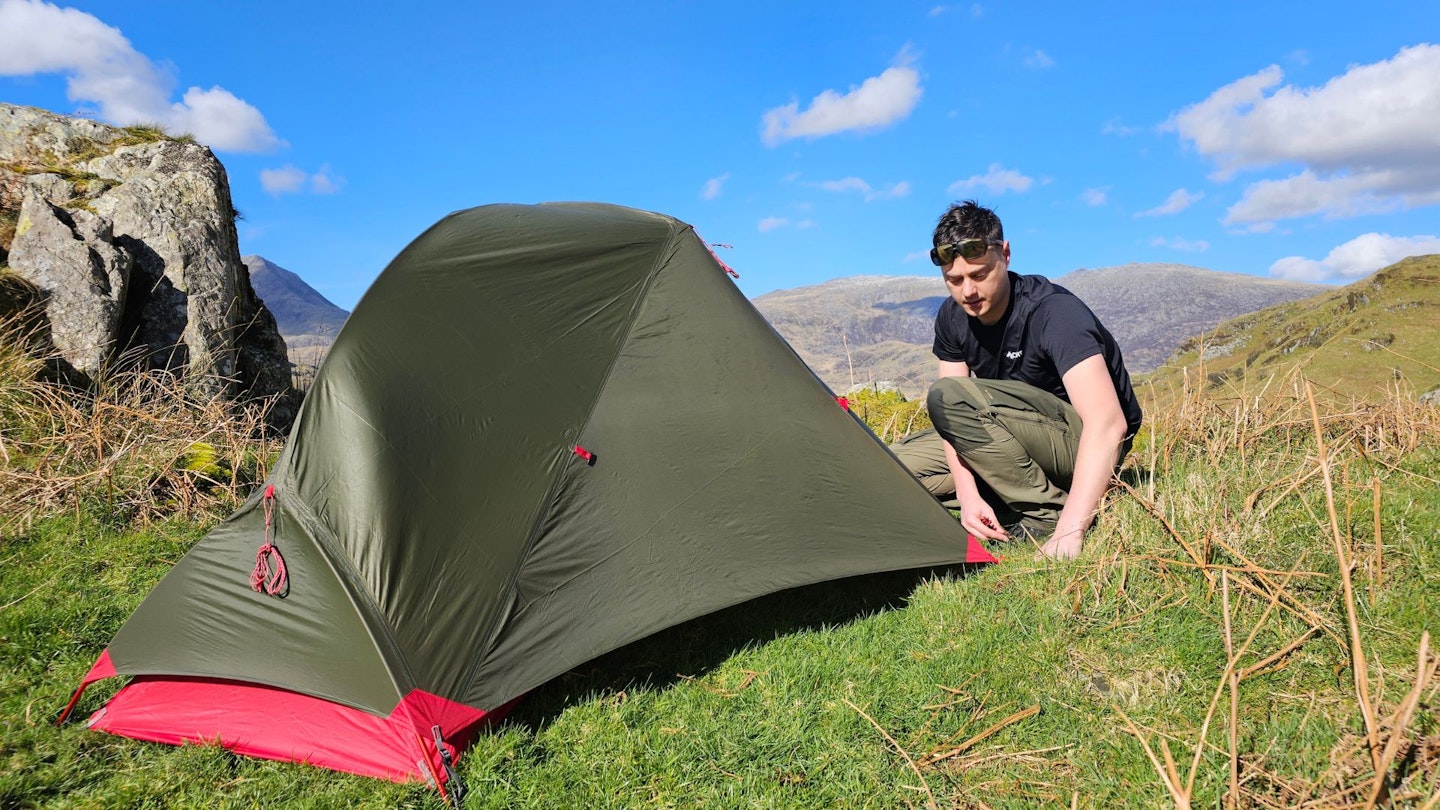
Ensure your tent is set up with proper tension. A taut flysheet promotes better airflow and prevents sagging, which can lead to moisture buildup as the two sheets of fabric touch each other. Using a footprint under your tent helps keep the floor dry and provides an extra barrier against ground moisture.
3. Use Ventilation Features
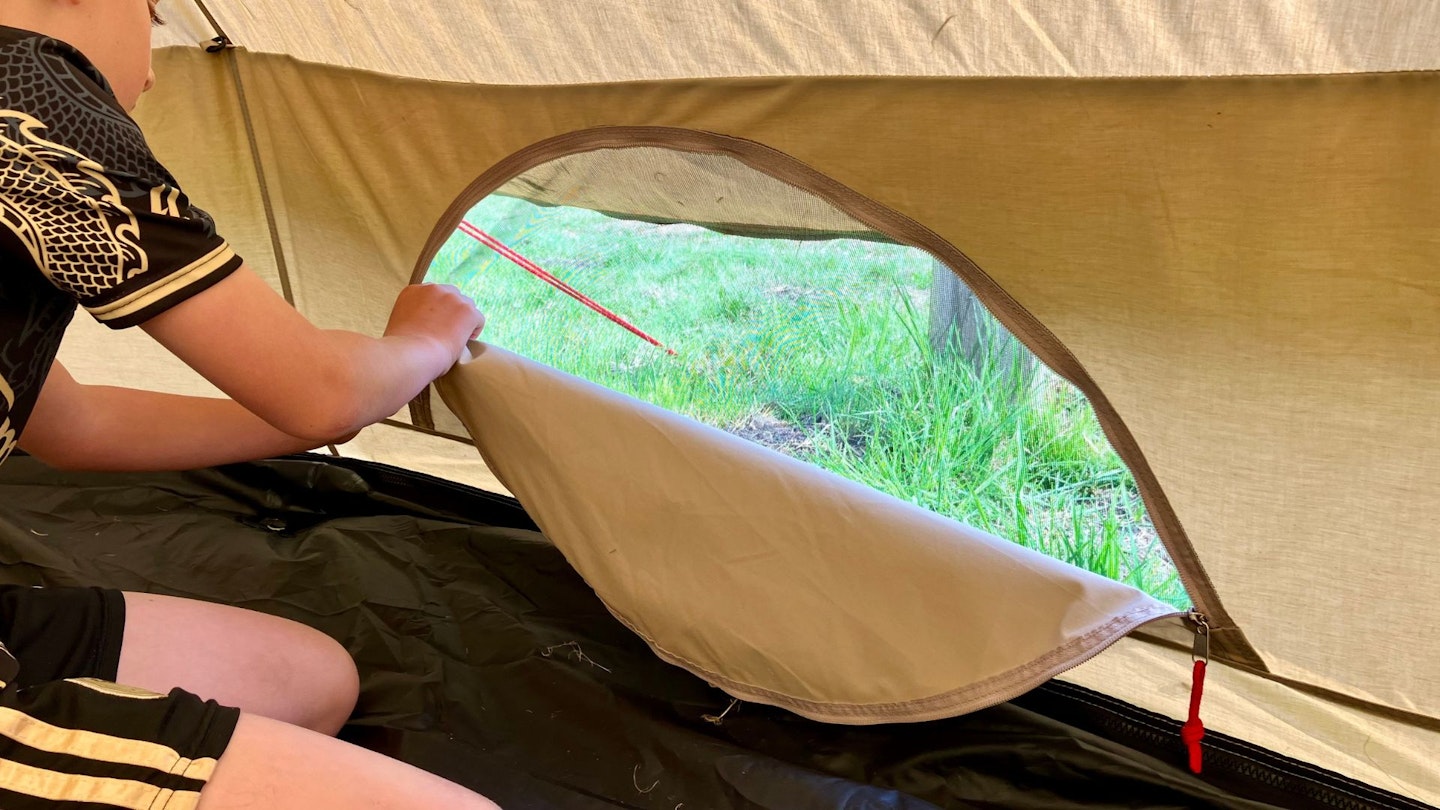
Make full use of your tent's ventilation features. Open vents and doors to allow moist air to escape, which helps reduce condensation inside. Position the tent door away from the wind to prevent direct airflow from bringing in additional moisture.
4. Manage Moisture Sources
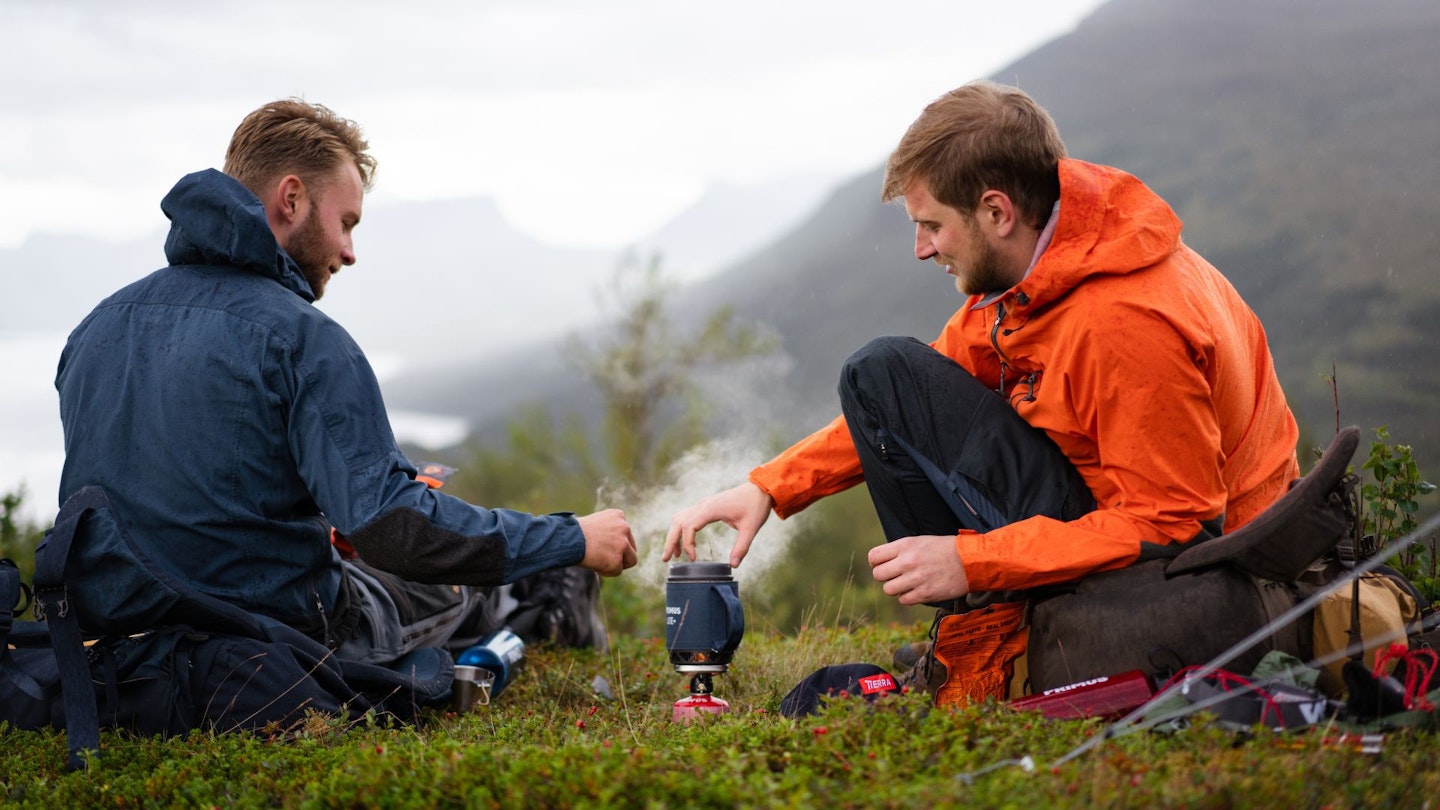
Controlling moisture sources inside the tent is key to a dry night's sleep. Consider leaving a small gap in the zipper for ventilation to manage moisture from breathing (obviously in much of Scotland between May-September this won't be possible due to midges). Never cook inside the tent either; instead, cook outside or in a vestibule area if it's pouring down. Store wet gear outside the sleeping area to prevent added humidity inside the tent.
5. Use a Tent Footprint and Flysheet
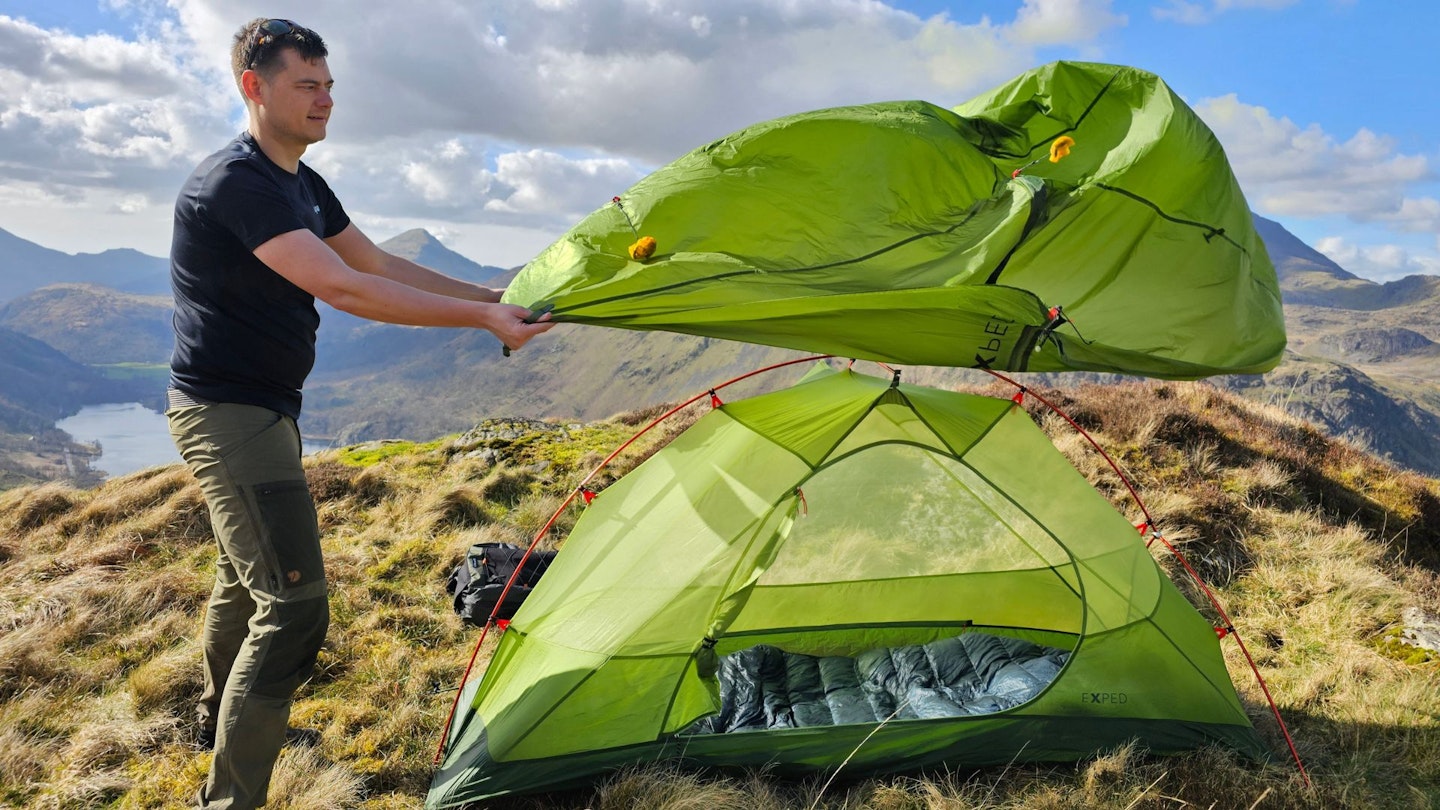
Using a footprint beneath your tent protects the tent floor and adds an extra layer against ground moisture. Ensure the rainfly is set up properly, taut and not in direct contact with the tent body. This promotes airflow and helps prevent condensation buildup.
Tips for managing a damp tent
For damp sleeping bags, store them in waterproof bags until use to keep them dry. If you have wet gear, try to dry it outside the tent whenever possible. If condensation starts to form during the night, wipe down the tent walls with an absorbent cloth to keep the interior dry.
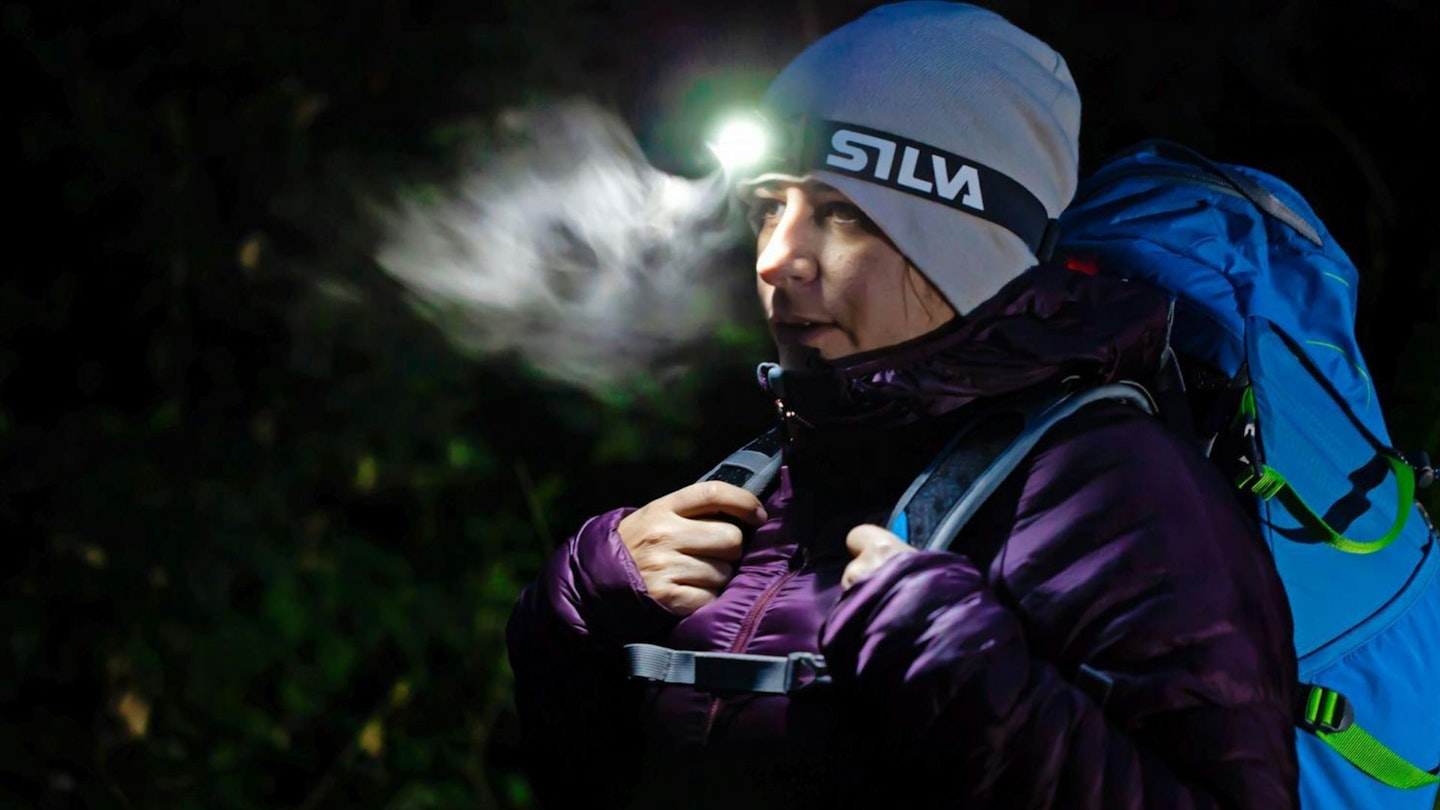
FAQs
Why does condensation form in a tent?
Condensation forms when warm, moist air inside the tent meets the cooler tent fabric, causing the moisture to condense into water droplets.
How can I improve ventilation in my tent?
Open all available vents and doors to allow air to circulate and carry moisture out of the tent. Pitch the tent in an area with good airflow - i.e. not among trees.
What materials help reduce condensation in a tent?
Moisture-wicking materials and breathable fabrics in tents can help reduce condensation.
Should I avoid cooking in the tent to prevent condensation?
You should always avoid cooking inside a tent, and only cook in vestibules or ventilated areas.
How do temperature differences affect condensation in a tent?
Larger temperature differences between the inside and outside of the tent increase the likelihood of condensation forming; condensation is more likely to occur in winter than in summer.
Can a dehumidifier help reduce condensation in a tent?
Sort of. But it's a bit like trying to bail out the titanic with a milk jug: unwise, and kind of a last resort. You should choose a tent that doesn't require extra dehumidification in the first place, and don't be daft and use an electric dehumidifier in a small tent as it can cause a fire hazard.
How do I dry out a tent if it becomes damp?
Put it up, flip it on its back like a woodlouse to dry the bottom, and open the doors. Do this in the sunshine where possible.
Is it possible to completely prevent condensation in a tent?
It’s challenging to eliminate condensation entirely, but proper ventilation and moisture management when it comes to wet kit (i.e. don't have it in the tent with you) can significantly reduce it.
What should I do if condensation starts to form during the night?
Wipe down the tent walls with an absorbent cloth and increase ventilation by opening vents or doors. Midges permitting, naturally.
Can I prevent condensation by using a footprint/groundsheet?
A footprint helps by providing an extra barrier against ground moisture, but good ventilation is still the best bet to prevent condensation.
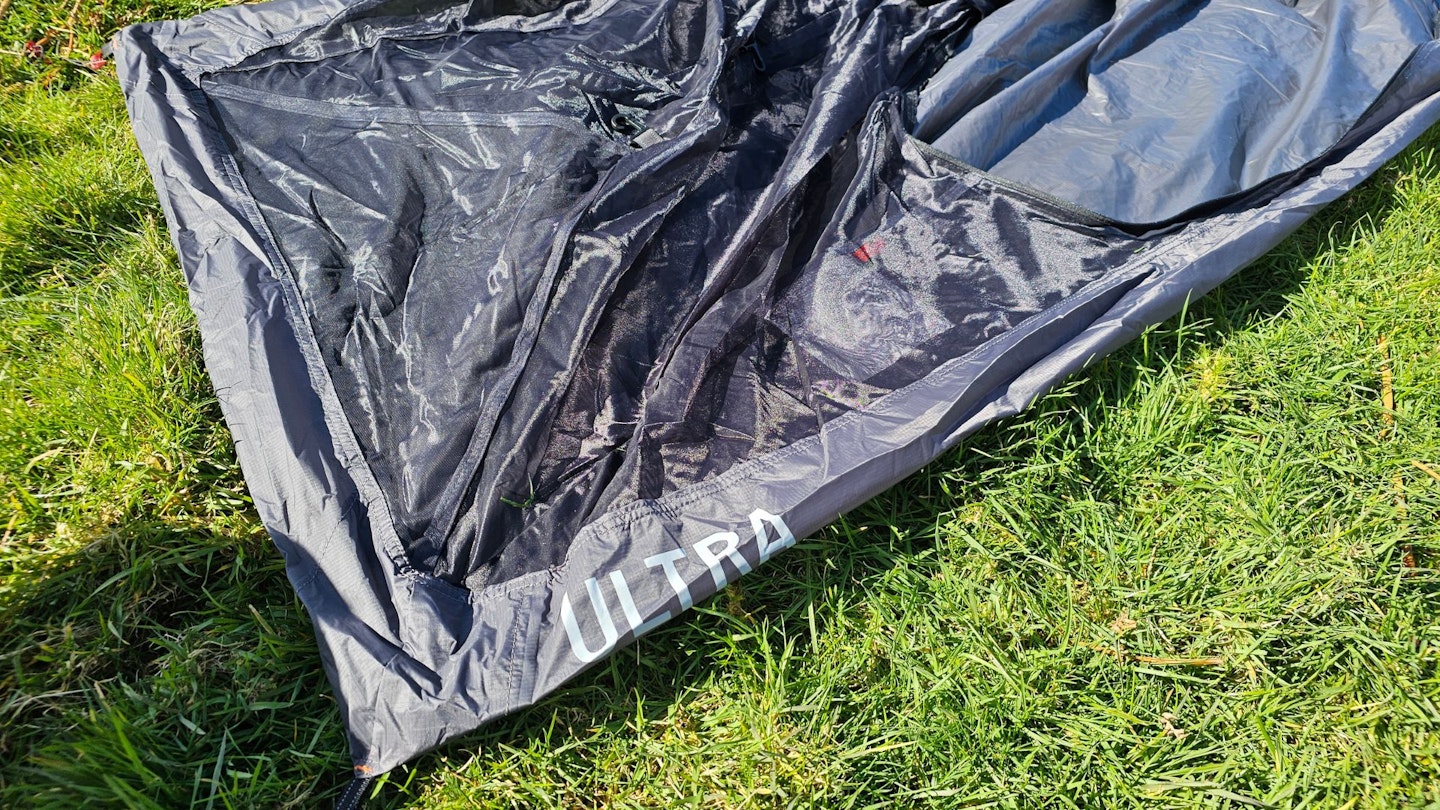
About the author
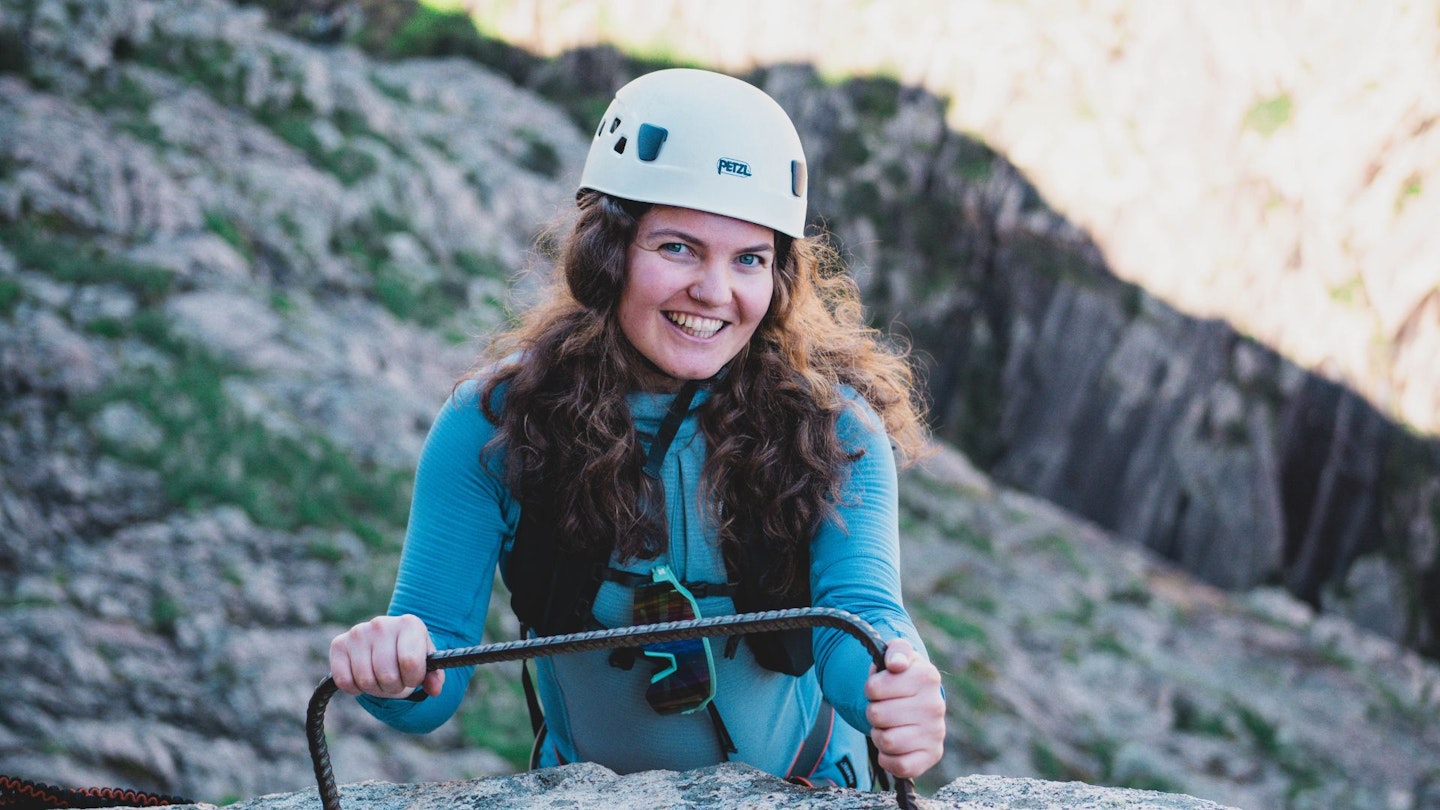
Fliss Freeborn is a writer for LFTO and doesn't suffer damp gladly. She has been camping for two decades and knows her stuff when it comes to keeping tents moisture-free.
